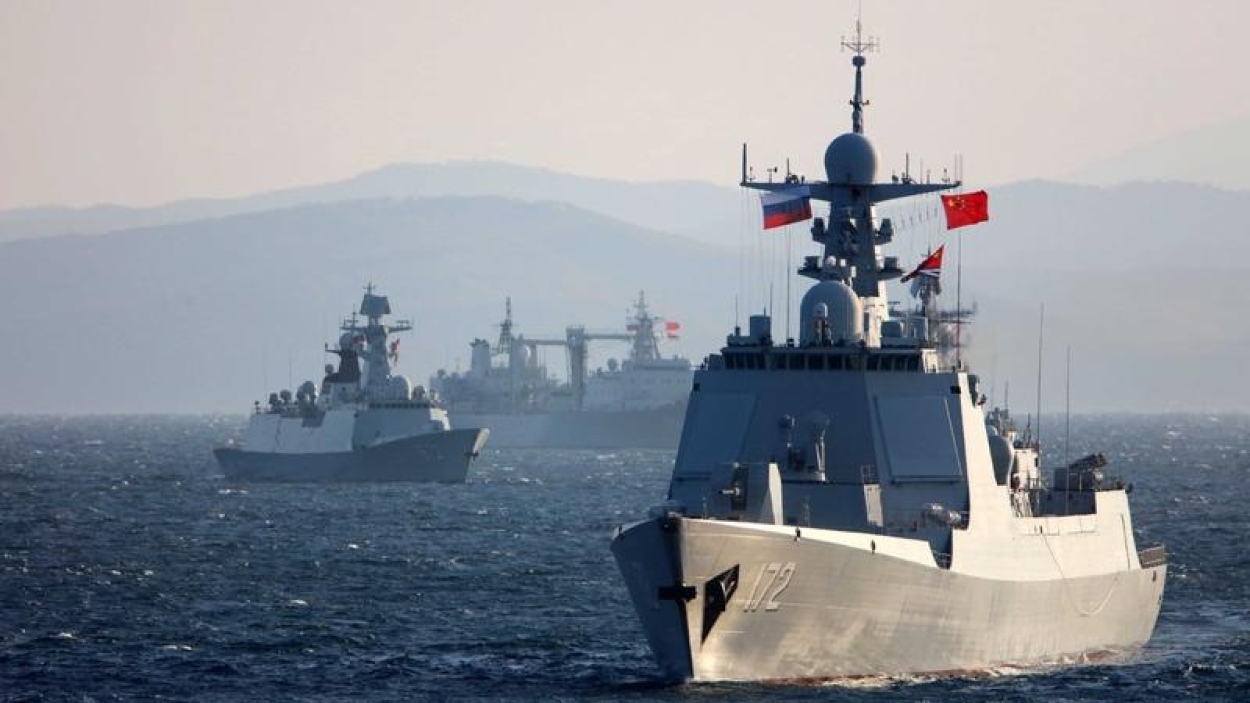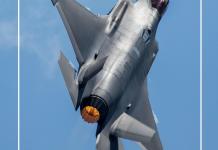In a demonstration of naval power near China’s borders, vessels from the Russian Navy’s Pacific fleet recently conducted a mission to hunt adversary submarines in the South China Sea.
Op Iron Sword: Israel Faces ‘Vietnam Trap’ As Tunnel Labyrinth Under Gaza Could Be IDF’s Biggest Challenge
Russia’s state media agency TASS, citing the fleet’s press service, reported on October 13 that a detachment of anti-submarine vessels, the Admiral Tributs and Admiral Panteleev, from the Pacific Fleet, engaged in air defense exercises and practiced locating simulated enemy submarines in the South China Sea.
The report highlights the latest strategic naval development, noting that just a day prior, the crews aboard Pacific Fleet vessels successfully navigated the Philippine Sea and made their way into the expanses of the South China Sea.
“Currently, anti-submarine sailors are practicing joint maneuvering in the northern region of the South China Sea,” the report added.
These drills include critical maritime operations, including honing ship-based air defense techniques, executing simulated searches for adversary submarines, and fostering seamless cooperation with the proficient teams operating Ka-27 helicopters within the Pacific Fleet’s naval aviation division.
The Russian Navy is executing essential missions within the Asia-Pacific region as an integral component of the fleet’s rigorous combat training program.
According to the Pacific Fleet, the primary objective of this extensive sea voyage is to showcase the Naval Flag of the Russian Federation in the region, with the additional aims of nurturing and reinforcing cordial relations with foreign nations and promoting the Russian Navy on a global scale.
Nevertheless, the Russian Navy has not disclosed the specific duration or timeframe for the exercise conducted in the South China Sea region.
On October 10, the Russian Ministry of Defense released a statement highlighting that the crews of the Pacific Fleet ships were engaged in a series of naval exercises in the Sea of Japan.
These drills included individual and joint ship maneuvers, which involved practicing vital aspects such as communication protocols and damage control procedures.
Russian Navy’s Presence In The Region
Over the past several months, the Russian Navy has noticeably bolstered its presence in the Pacific region, often in collaboration with its steadfast ally, China.
However, Moscow has not disclosed whether the ongoing deployment of Russian naval vessels will include participation in a joint drill with Beijing.
Frequently, both countries have argued that their naval cooperation primarily centers on protecting crucial sea lanes of communication and enhancing their collective capacity to maintain regional peace and stability while addressing diverse security challenges.
Nevertheless, the nature and frequency of these drills, coupled with the growing prevalence of Russian military activities in East Asian waters and airspace, have sparked apprehensions among the United States and its allied nations.
These concerns are rooted in the possibility that Russian and Chinese air and naval forces may soon establish a routine presence in the region, potentially altering East Asia’s security landscape and dynamics.
Since 2005, the Chinese and Russian armed forces have collaborated in joint exercises. Initially, this began as a component of larger yearly drills hosted by the Shanghai Cooperation Organisation.

This cooperation took a more dedicated form in 2012 with specific bilateral training events. Notably, in 2018, the People’s Liberation Army commenced participation in some of Russia’s annual military exercises.
In a pivotal development in 2021, Russian troops joined a regular PLA annual exercise for the first time, signifying a transition in their relationship from informal interactions to a focus on enhancing interoperability, as noted by defense experts.
Furthermore, the two military forces are steadily establishing a consistent presence in the airspace of East Asia, a region marked by heightened geopolitical tensions.
In June, Chinese and Russian bombers engaged in joint patrols over the Sea of Japan and the East China Sea, regions embroiled in territorial disputes involving Beijing and Tokyo.
Japan and South Korea scrambled fighter jets when the Russian-Chinese formation breached their air defense identification zones.
On the other hand, Japan and South Korea have been intensifying their collaboration with the US military. They have recently conducted a trilateral maritime interdiction exercise in the waters south of the Korean Peninsula, marking the first such joint exercise in seven years.
- Contact the author at ashishmichel(at)gmail.com
- Follow EurAsian Times on Google News




